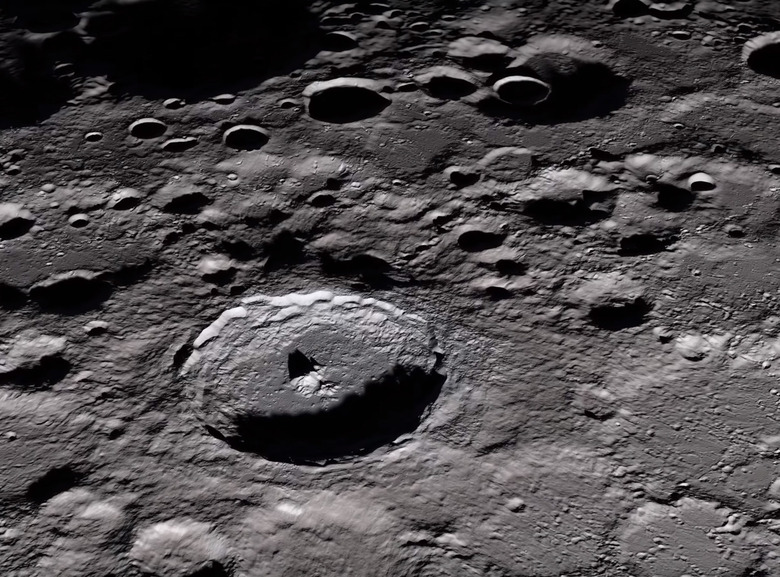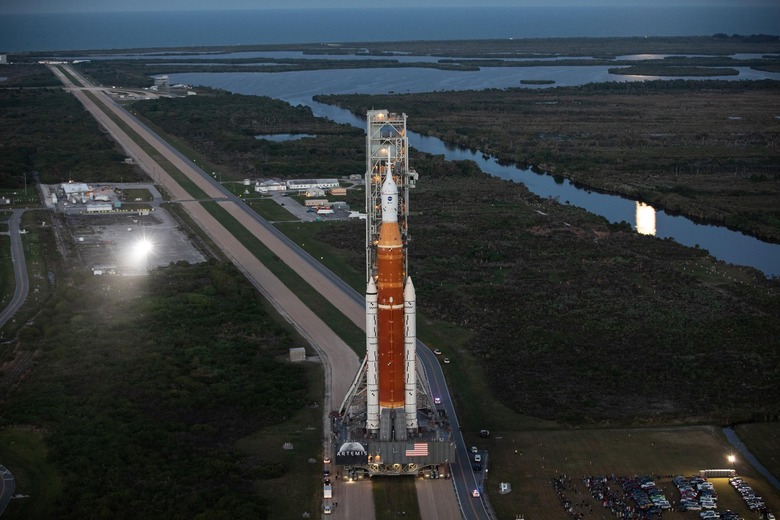NASA Reveals Possible Landing Zones For First Manned Moon Mission Since Apollo
NASA's Artemis I mission hasn't even taken off, and the space agency is already planning where it wants to land humans in the future. Today, NASA unveiled several candidates for its Artemis III landing zones, all of which are centered around the Moon's south pole.
Artemis III will be the first NASA mission that takes humans back to the Moon since the last Apollo mission did so in 1972. It's a momentous occasion and one that NASA is trying to make as memorable as possible. As part of that, the space agency has identified a total of 13 possible Artemis III landing zones.
NASA reveals 13 Artemis III landing zones
Of the 13 landing zones, NASA says that there are multiple possible landing sites in each one. However, it appears more research or details may be needed before the space agency determines an exact one. All 13 are centered around the Moon's south pole, a part of the Moon we haven't explored greatly.
NASA says that the regions will each pose their own benefits and challenges. Additionally, the area is very mountainous and full of craters. This means astronauts should have a lot of areas they can explore and dig into. NASA used data from its Lunar Reconnaissance Orbiter and decades of studies and publications to decide on these 13 Artemins III landing zones.
The team evaluated the overall accommodation of a safe landing and the surrounding area's benefit to exploration and observation. Overall, NASA says each region is packed with potential discoveries. And, with NASA already working on new spacesuits and a new Moon rover already designed, the Artemis III mission is starting to come together nicely.
Each Artemis III landing zone was chosen too because of how often it receives sunlight. All 13 regions receive continuous sunlight over the course of a 6.5-day period. That's how long NASA has planned for the Artemis III surface mission. Having constant access to sunlight is important for a long-term stay on the Moon. It not only provides a power source but also helps minimize temperature changes.
We still don't know when NASA plans to launch this history-making mission to the Moon. With these 13 Artemis III landing zones decided on, we're at least one step closer to putting humans back on the Moon.

